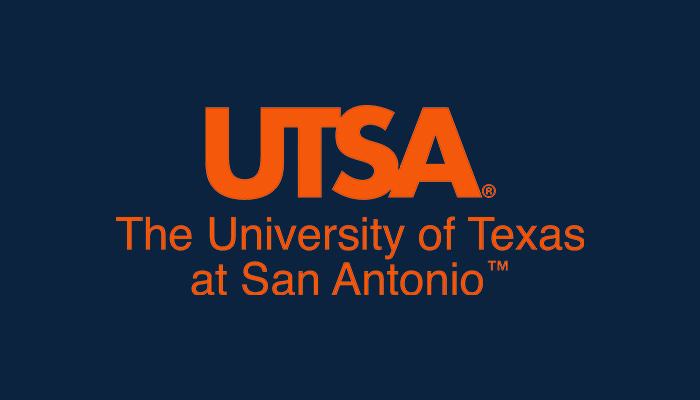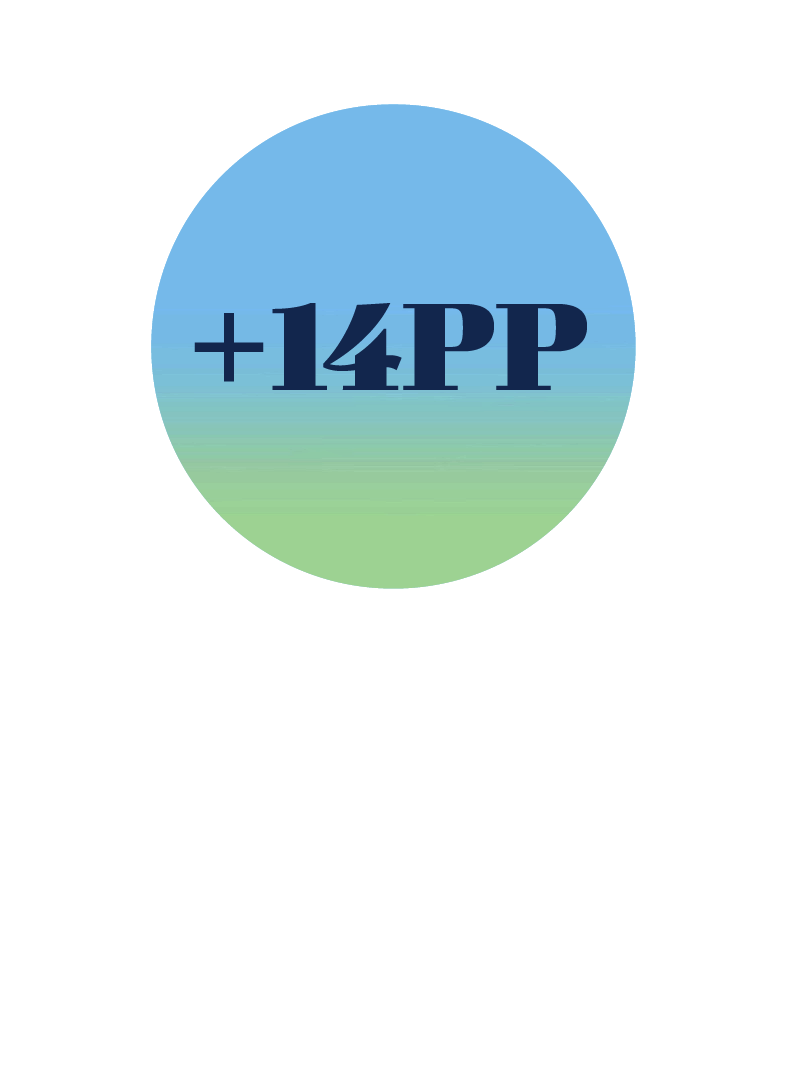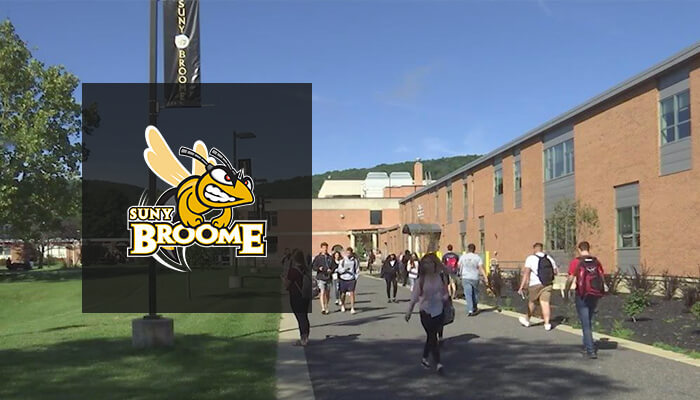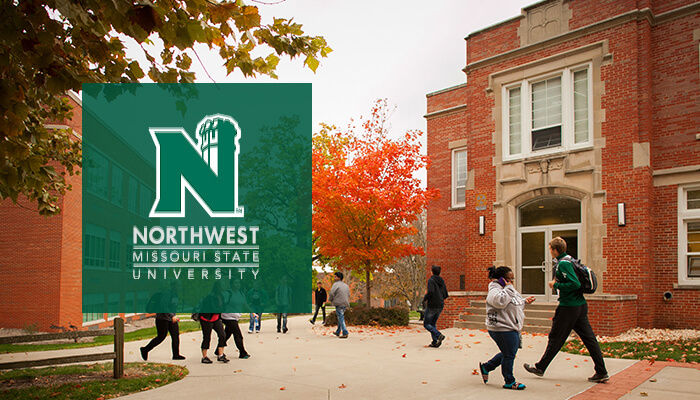
UTSA Achieves 16% Retention Lift with Data-Activated Student Support Ecosystem
Share this Post
Explore how the University of Texas at San Antonio is positively impacting their students’ futures and fostering institutional sustainability with data-activated collaboration and systems.




The Challenge:
National data, trends, and best practices that many universities use to improve student outcomes do not reflect the University of Texas at San Antonio’s primarily Hispanic, first-generation, and Pell-eligible student population. Without access to trends that reflected their students, UTSA’s impact on student success was limited. UTSA needed institution-specific insights throughout the term to improve student outcomes and enhance access to higher education for its community.
The Solution:
Over the last decade, UTSA has steadily cultivated a data-activated ecosystem of student success through:
- intentional institutional structures that deconstruct siloes and promote collaboration,
- careful application of change management techniques to build a unified perspective and shared goals around student support,
- adoption of institution-specific analytics and a strong commitment to data-informed practices and analysis to offer more precise and proactive student success.

“The Civitas Learning Student Impact Platform allows us to view student success through a data-focused lens. It ensures we’re not leaving any gaps that students could fall through along the way. And in this time of limited resources and budgets, it enables us to avoid offering redundant services.”
– Dr. Tammy Wyatt
Vice Provost for Student Success
Meeting the Needs of Students with Institution-Specific Insights and Initiatives
UTSA, is recognized as a Hispanic Serving Institution (HSI) where students from all backgrounds can thrive. To achieve equitable student success, campus leaders recognized a need to better understand their students’ unique challenges and accurately identify the specific programs that offer the best support.
Moving beyond national data and general trends to more institution-specific insights and student-specific solutions has enabled UTSA to deliver proactive support to all student groups.
Three strategies are crucial to UTSA’s success at cultivating a data-activated student success ecosystem:
Key Strategies for Cultivating an Ecosystem of Student Support
Strategy 1:
Fostering an Intentional and Unified Approach to Student Success
At UTSA student success isn’t the responsibility of just one office or division, but the duty of the entire institution. To live this wisdom, UTSA has implemented an organizational structure and operational practices that reinforce student success as a key initiative of the entire university.
The “hub and spoke” model, UTSA’s organizational structure for student success, consists of the centralized Division of Student Success and Student Success Centers located within each academic college.
The Division of Student Success, prominently located in an area of campus known as the Academic Success District, offers a slate of centralized programs and services designed to support overall student success, including academic advising, student academic support, student success coaching, and housing and residence life. The Division of Student Success also coordinates a mentoring hub to offer specialized support to first-year, first-generation, and transfer students.
In addition, each college has a Student Success Center that provides resources, programs, and services tailored to a student’s academic discipline. These centers incorporate career engaged learning opportunities, extended academic support, digital fluency skill building, and a sense of belonging within the college.
This organizational structure reflects a collaborative and cross-functional approach to student success. Campus leaders meet weekly to review student success data and determine targeted initiatives. The staff who oversee key departments come together to operationalize these initiatives and coordinate services.

“We’re creating an ecosystem of student support. Many different offices across the university are part of that collective structure. It requires staying connected, using systems in similar ways and having a standard network of care.”
– Dr. Amy Buechler-Steubing
Senior Director of Student Success, Strategic Planning, and Administration & Director of Student Success Initiatives
UTSA’s “hub and spoke” structure resulted in important organizational outcomes essential to their success:
- Staff, administrators, and campus leaders have a unified perspective about the basic criteria all students need to succeed: academic support, career and engaged learning opportunities, digital fluency, engagement, and belonging.
- Enhanced communication, collaboration, and coordination among the various departments involved in student success provide greater clarity around roles and responsibilities and more streamlined student support.
- Data analysis and data-informed practices are integral to UTSA’s approach to student success. There is a widespread agreement to use the institution’s technology platforms, and training is provided to increase data agency and effectiveness.
Strategy 2:
Leveraging Institutional Data to Refine Support for Specific Student Groups
UTSA’s student population is 57% Hispanic, 45% of students are the first in their families to attend college, and nearly 50% are Pell-eligible. As the institution evolved its student success initiatives, campus leaders realized that the national data, trends, and best practices that many universities use to improve student outcomes did not necessarily reflect the unique profile and characteristics of UTSA’s student body.
Implementing the Civitas Learning Student Impact Platform has enabled UTSA to access more of its institutional data, analyze trends, develop strategies to intervene, and observe the impact of support initiatives on specific student populations.
Dr. Tammy Wyatt, Vice Provost for Student Success, explains the importance of a data-informed approach to student success. “The Civitas Learning Student Impact Platform allows us to view student success through a data-focused lens. It ensures we’re not leaving any gaps that students could fall through along the way. And in this time of limited resources and budgets, it enables us to avoid offering redundant services.”
UTSA calibrated success initiatives to meet the specific needs of its students:
- After an analysis of the “migration patterns” students follow when they change majors, academic advising caseloads were established to reflect the well-traveled pathways connecting majors that do not follow college lines. Advisors now support students at both ends of the pathway, making them more likely to have the same academic advisor when they change majors. This preserves an important academic relationship and reduces the possibility of students getting lost in the shuffle between advisors.
- Using a data-activated academic advising approach empowers more proactive outreach, provides personalized support and builds student trust. From the Summer of 2020 through the Fall of 2021, there was an overall 8.1% lift in persistence among UTSA students who engaged with academic advising services.
- Disaggregating student data to look at the impact of student success initiatives on specific student groups revealed that tutoring and supplemental instruction programs were especially impactful for male and black students. Inspired by the knowledge that their support is especially effective for these students, Student Academic Support staff engaged in proactive and targeted outreach campaigns to this group.
- An initiative analysis of the Student Success Coaching program revealed that coaching significantly impacts the persistence of potentially at-risk students who are not likely to seek out the program on their own. As a result, staff began to conduct targeted outreach to student groups who will benefit most from their support, including lower quartile, first-year, part-time, academically dismissed, and re-enrolled students.
Across the UTSA campus, the insights revealed by data analysis have inspired staff to adopt a more tailored and proactive approach to student outreach and support. Understanding the impact of their efforts inspires student success teams to fine-tune their efforts and continually evolve their student success processes and goals.
Strategy 3:
Investing in a Student Success Platform that Promotes a Campus-Wide Data Culture
From the beginning of its campus-wide efforts around student success, UTSA laid a firm foundation for data-informed decision-making and data-activated practices. As their efforts to promote student success have become more precise, the technology tools they use to look at the impact of their work have become integral to their continued success.

“So much value has come from looking at the different populations of students. What works for one group just does not apply for others.”
– Dr. Mark Appleford
Vice Provost for Undergraduate Studies
Four ways the Civitas Learning Student Impact Platform is critical to UTSA’s work:
- Insightful dashboards and easy-to-use reporting capabilities make institutional data more accessible and readily available to a wider campus audience. With the Civitas Learning platform, data is presented in dynamic and digestible formats that help UTSA’s leaders engage new audiences in conversations about data and the insights they reveal.
- The ability to disaggregate data by student group enhances efforts to identify gaps and institutional barriers affecting specific student populations and dismantles the “one-size-fits-all” mentality that limits effective solutions. Viewing the impact of student success initiatives on specific student groups has helped campus leaders make more effective plans and decisions.
- Regular assessment of student success program effectiveness means campus leaders can know an initiative’s true impact. With Civitas Learning’s Student Impact Platform, self-selection bias is offset using propensity-matched scoring. Enabling leaders to know that the outcomes observed through initiative analysis result from the specific intervention being analyzed.
- Intelligent case management and communication capabilities enable campus leaders, faculty, advisors, and student success professionals with the insights and tools to eliminate inefficiencies, ease capacity constraints, and coordinate student care across departments.
Through their skillful application of the Civitas Learning platform, campus leaders activated leading indicators of student success that help them intervene faster and disrupt the trends that impact the success of specific student groups.
Recognizing that DFW rates and mid-term grades are lagging indicators of student success, campus leaders use insights from data analyses to observe recurring trends and to know what interventions are most effective to support that population. Armed with this information, they can provide the necessary academic support to stop that trend from recurring.
Student Success Coalition Leads to Positive Outcomes and Institutional Recognition
By embracing a unified vision for student success and implementing structures that encourage cross-departmental communication and collaboration, UTSA has built an ecosystem of collective support that truly meets the needs of its diverse student population. Resulting in significant gains in both student and institutional success.
UTSA’s Achieves Significant Student Outcomes and Institutional Goals:
- 16pp increase in first-year retention rate from 2012 to 2022
- 12pp increase in second-year retention rate from 2012 to 2022
- 14pp increase in the overall four-year graduation rate from 2012 to 2022—without changing admission standards
- 13pp increase in the overall six-year graduation rate from 2012 to 2022 with similar increases for Hispanic (+12pp) and Black (+15pp) students
- 41pp increase in undergraduate degrees awarded from 2012 to 2022
- Average time to degree has been reduced from 5.3 years in 2012 to 4.3 years in 2022
- Third among Hispanic Serving Institutions with R1 Carnegie Classification for the number of undergraduate and graduate degrees awarded to students who identify as Hispanic or Latino
- One of only 30 institutions to receive the Seal of Excelencia, a comprehensive certification that recognizes UTSA’s commitment and ability to accelerate Latino student success
- Achieved prestigious R1 Carnegie Classification in 2021
UTSA’s success is a result of their efforts to transform their student success initiatives to truly meet the needs of students. By unlocking more of its institutional data, administrators and program directors can identify institutional barriers to student success and remove them by better calibrating support services to the needs of specific student groups. This deep, system-level transformation continues to evolve as UTSA responds to its students’ current challenges and needs – positively impacting their students’ futures and fostering institutional sustainability.
Need the report in a PDF version? Download here.


